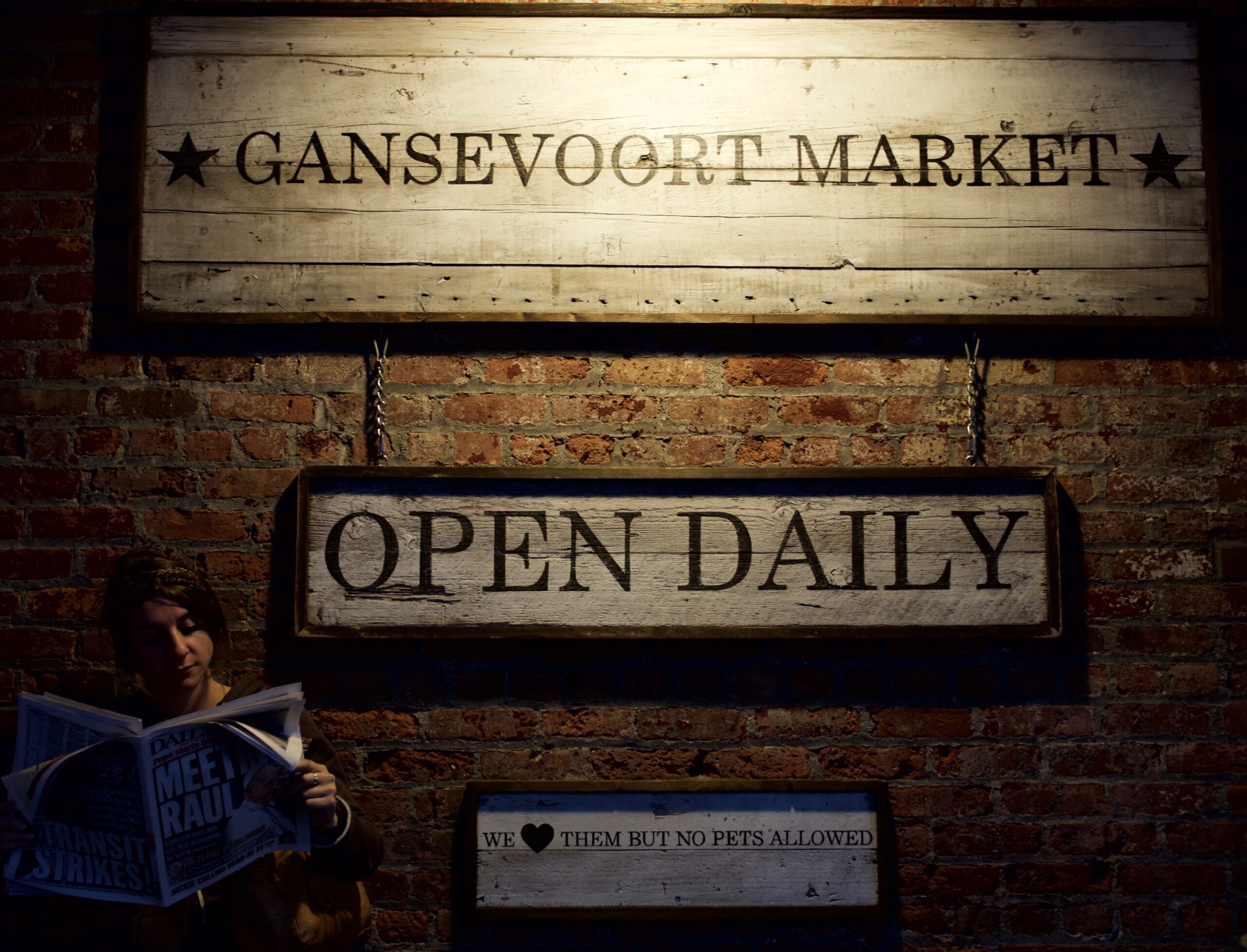Today, Bloomberg reported on how “There Will Soon Be No Meatpackers Left in NYC’s Historic Meatpacking District,” (subscription) and we thought it would be a good follow-up exploration after our look at “Forced Gentrification: How Santa Ana and Miami Beach’s South Pointe Plan Used Zoning to Displace Communities.”
With Gansevoort Market, one of New York City’s oldest meat markets, set to vacate its historic space in the Meatpacking District, the city is closing the chapter on yet another iconic, industrial landmark. The current facilities no longer meet the modern standards and infrastructure that today’s meatpacking industry requires. Still, their departure raises a critical question: in our race to redevelop, are we also erasing the authenticity that made New York City a place of grit, heritage, and working-class ingenuity?
The city’s plans promise to bring affordable housing and public space to the district. But we’ve seen how those promises often play out – only a small fraction of units become truly affordable, while the majority cater to a wealthier crowd, shifting the neighborhood further out of reach for most New Yorkers. While public space is on the table, we should ask: Will it serve the actual community, or is it a mere decorative gesture, designed more for tourists than for residents?
While the Whitney Museum’s potential expansion could bring educational spaces and cultural enrichment, it’s hard not to feel that this, too, is emblematic of a neighborhood tailored to affluent audiences. With luxury shops on every corner and cultural institutions dominating the landscape, the Meatpacking District risks becoming another exclusive enclave rather than a balanced, multi-layered community.
Yes, industries must evolve to meet new standards, and Gansevoort Market’s tenants need facilities that allow them to thrive. But should this evolution mean giving up a space holding generations of family-owned businesses? Over time, couldn’t the city have explored options that might have helped these businesses modernize and keep the area’s industrial roots intact, or was this their own version of demolition by neglect?
New York was built on the backs of the very industries now being pushed out in favor of high-end redevelopment. As we watch the Meatpacking District transform, we should ask ourselves: are we trading our city’s history and character for a homogenized version that serves only a select few?
Learn more about how Street Economics by BusinessFlare can help your community understand and retain its business and market that made it special, while progressing, evolving, and enhancing the economic conditions for everyone.
“We design economic spaces for everybody”




Comments are closed